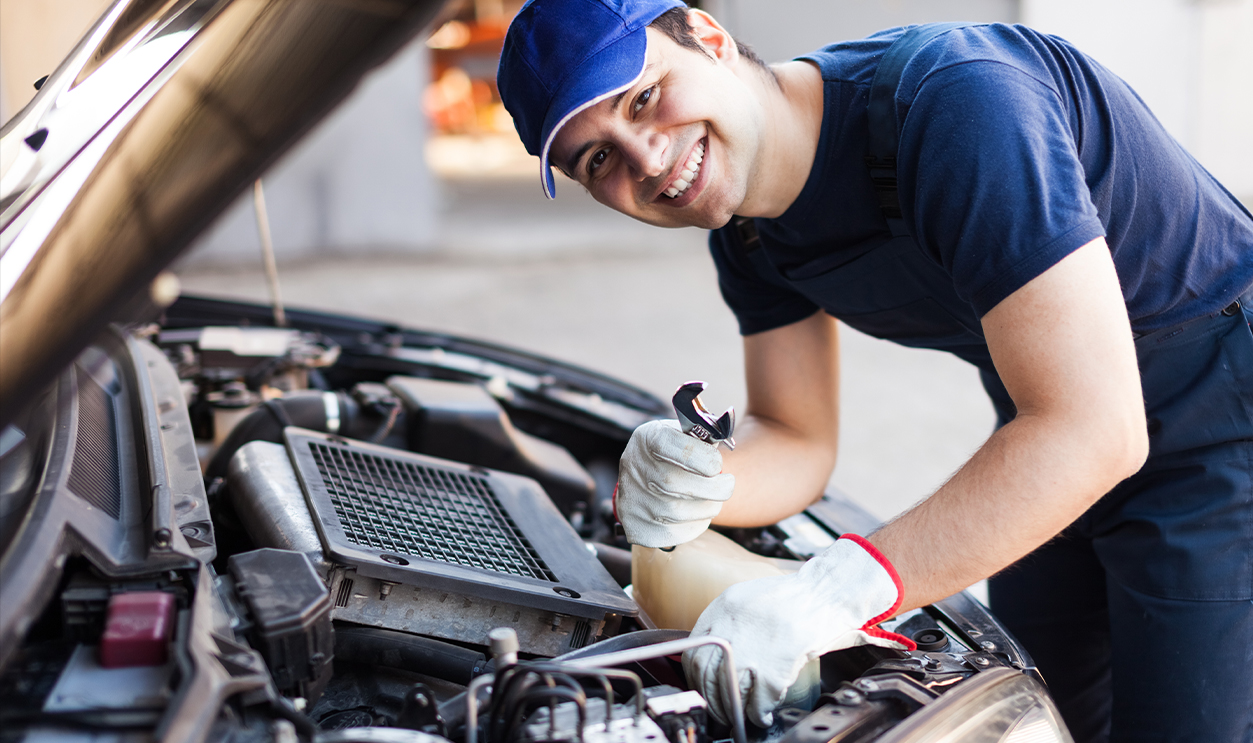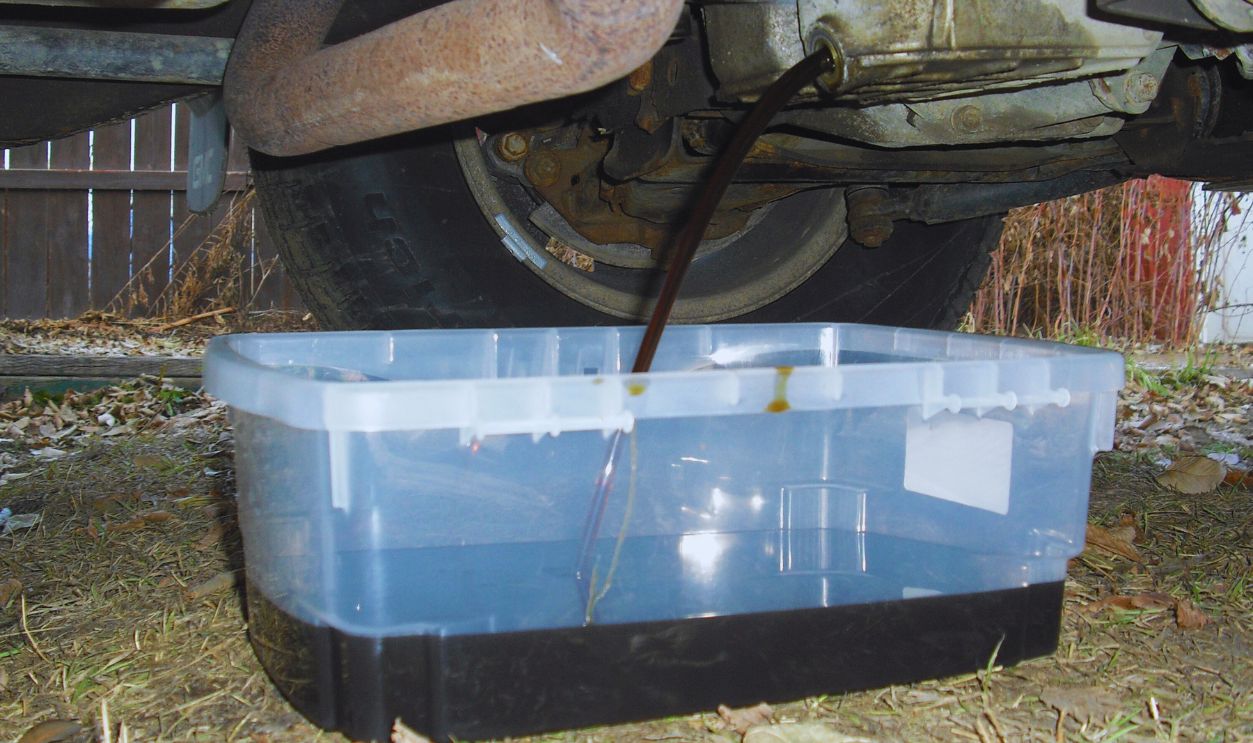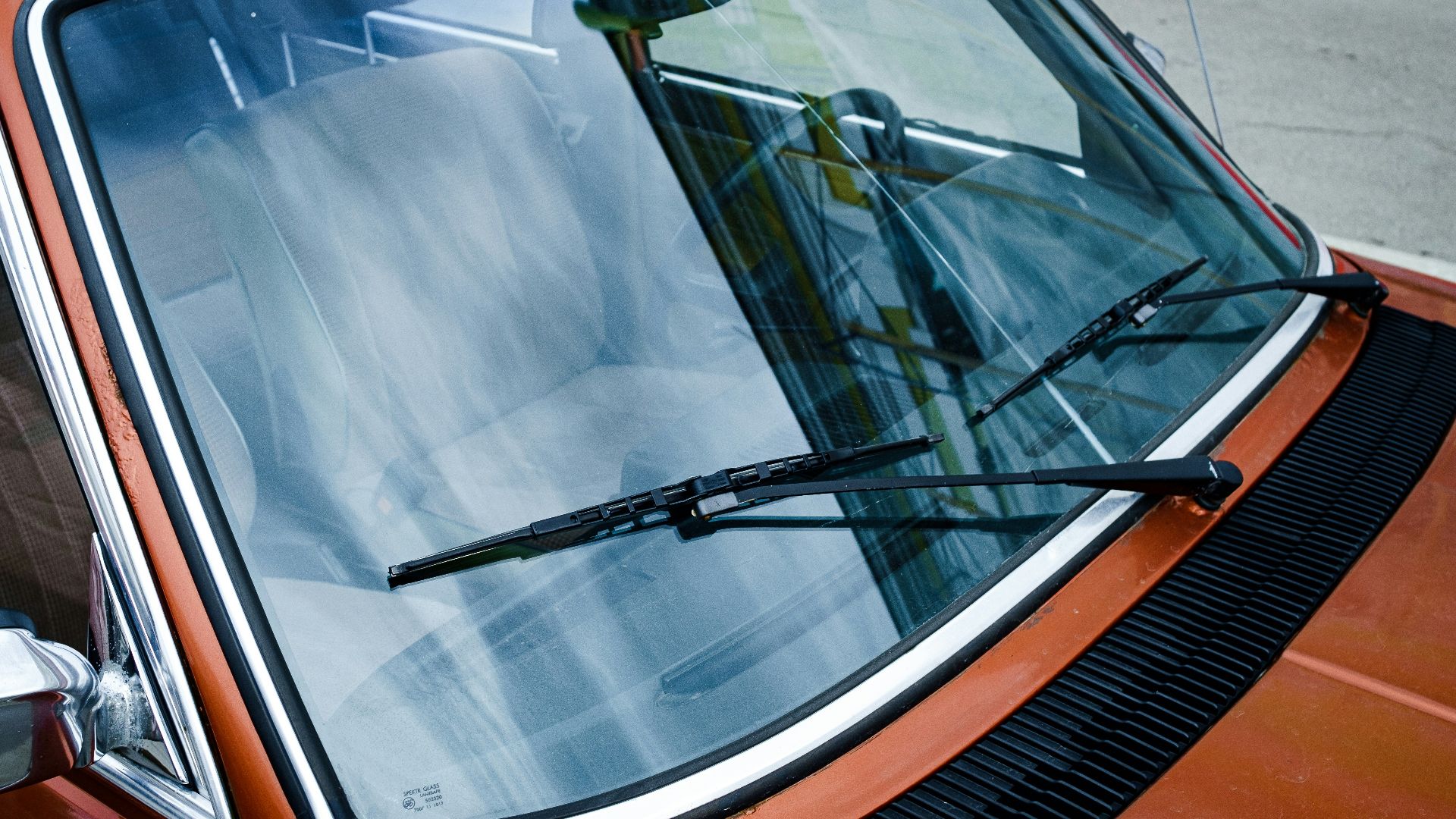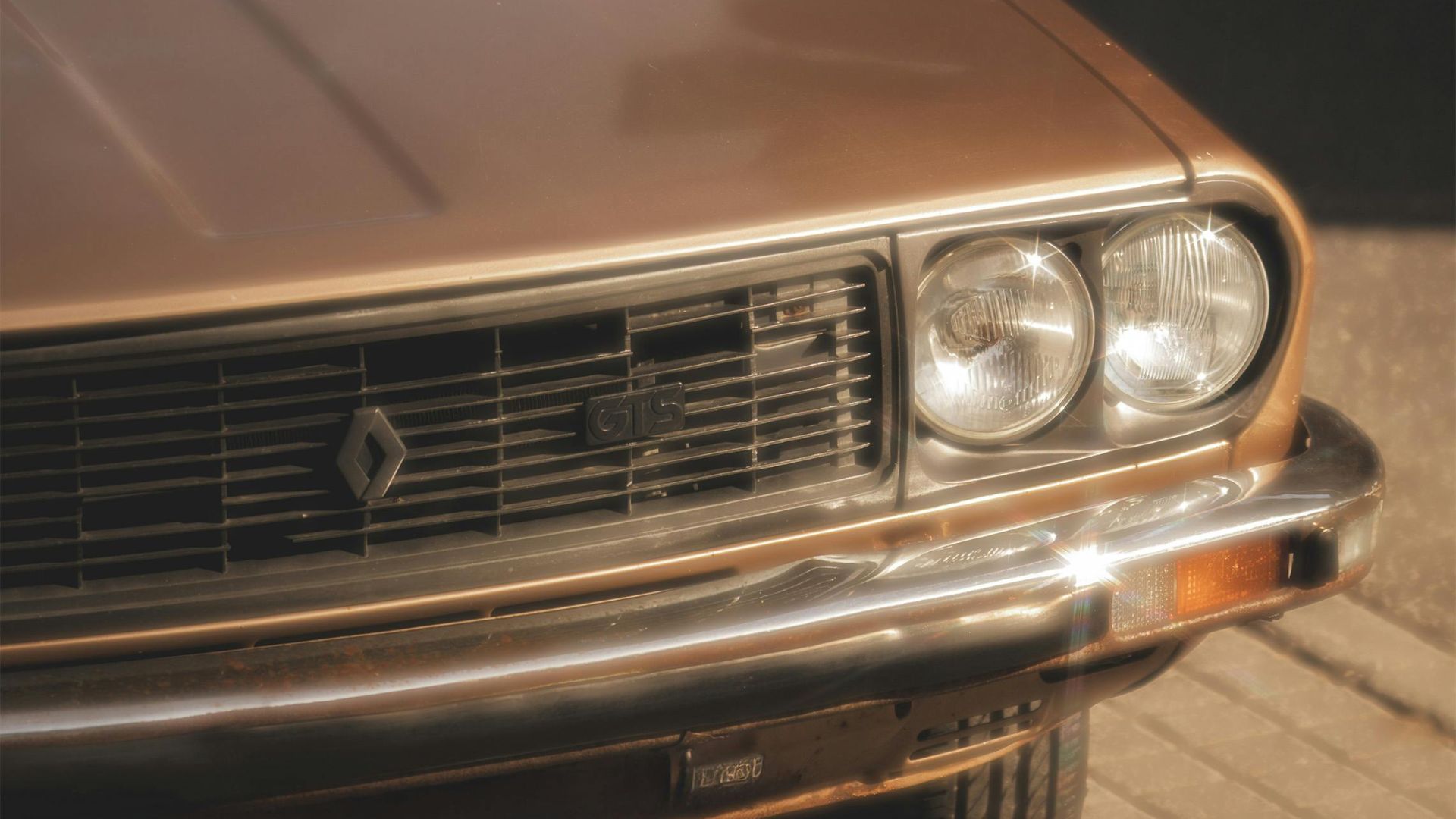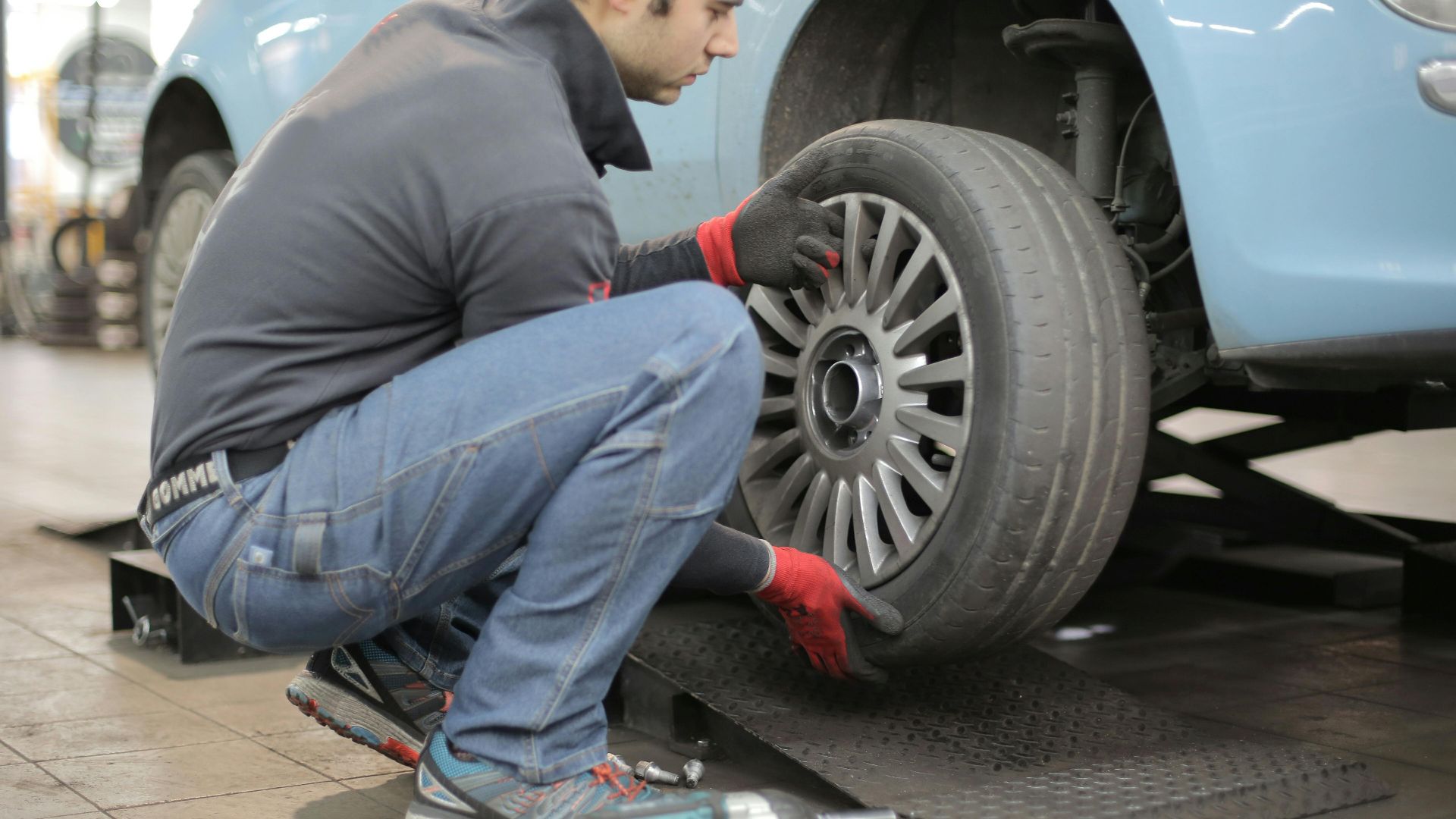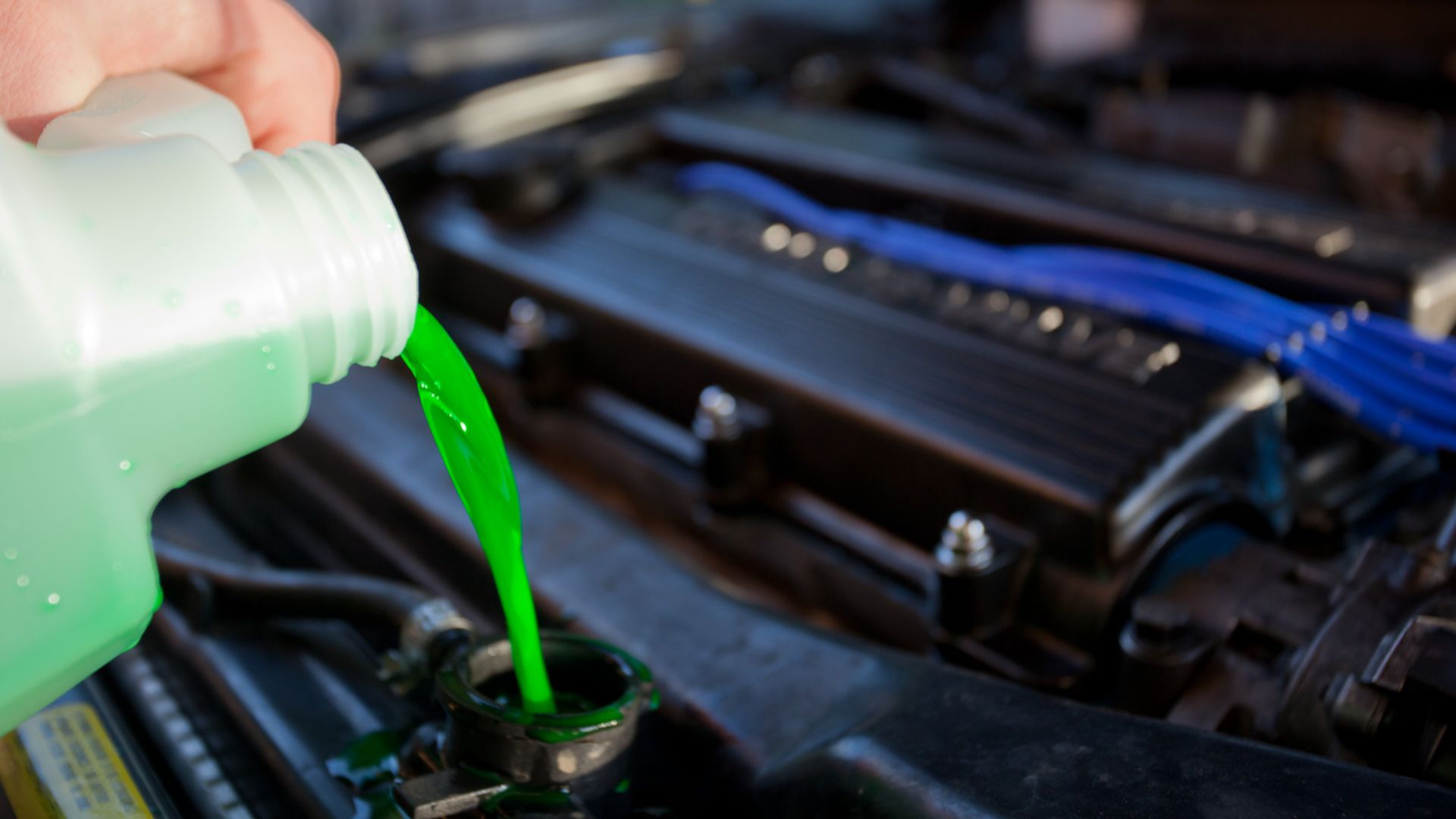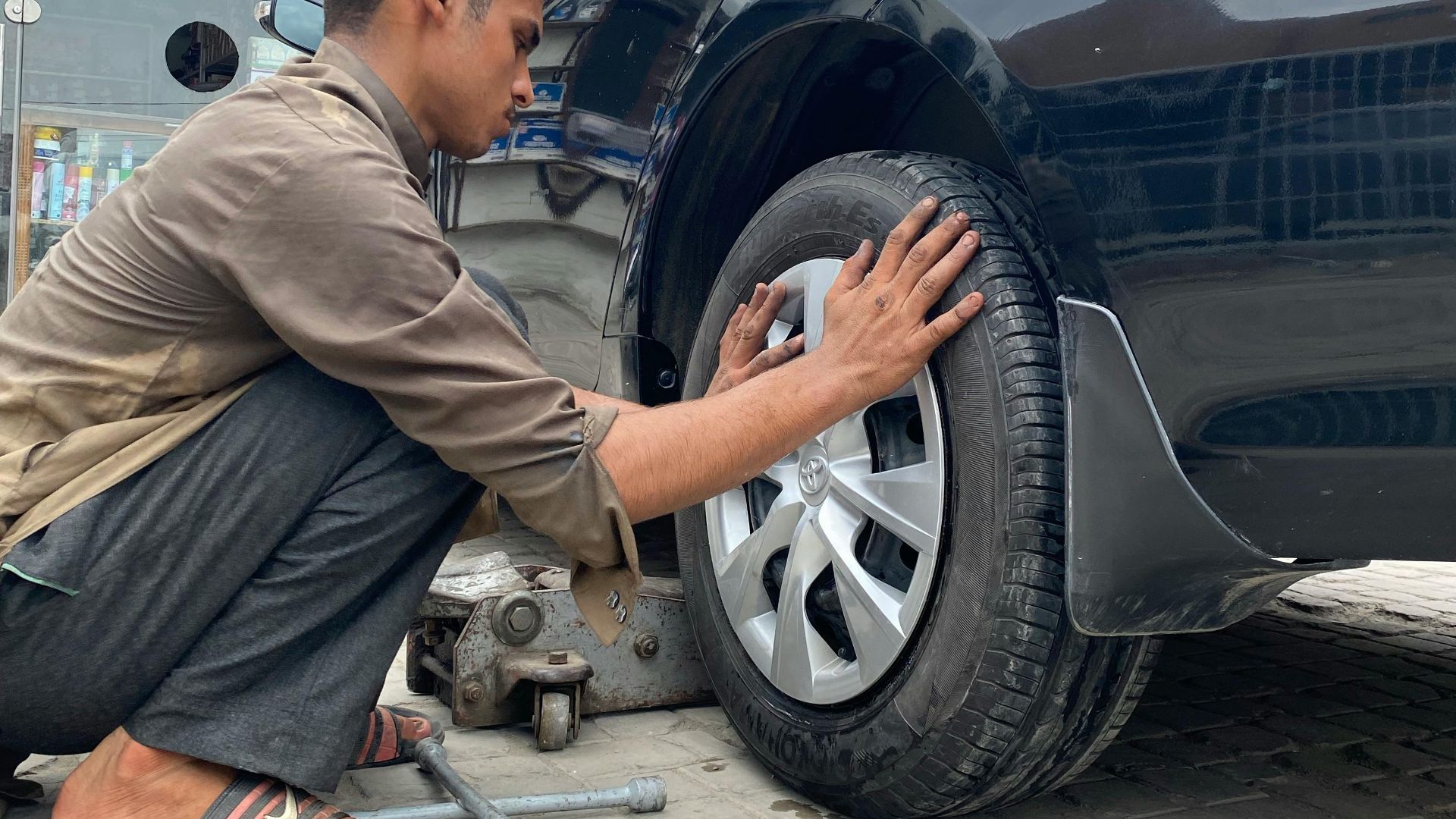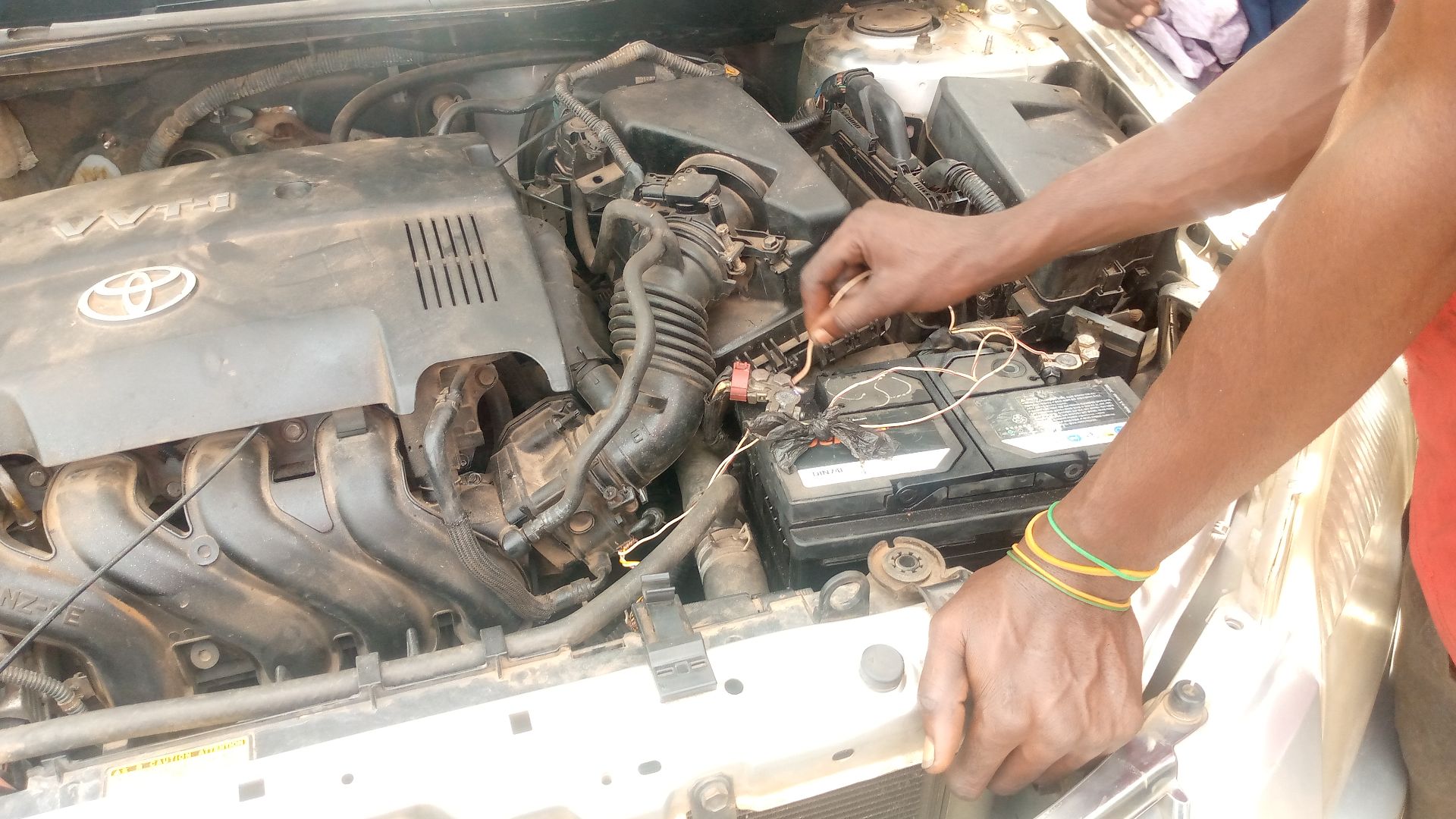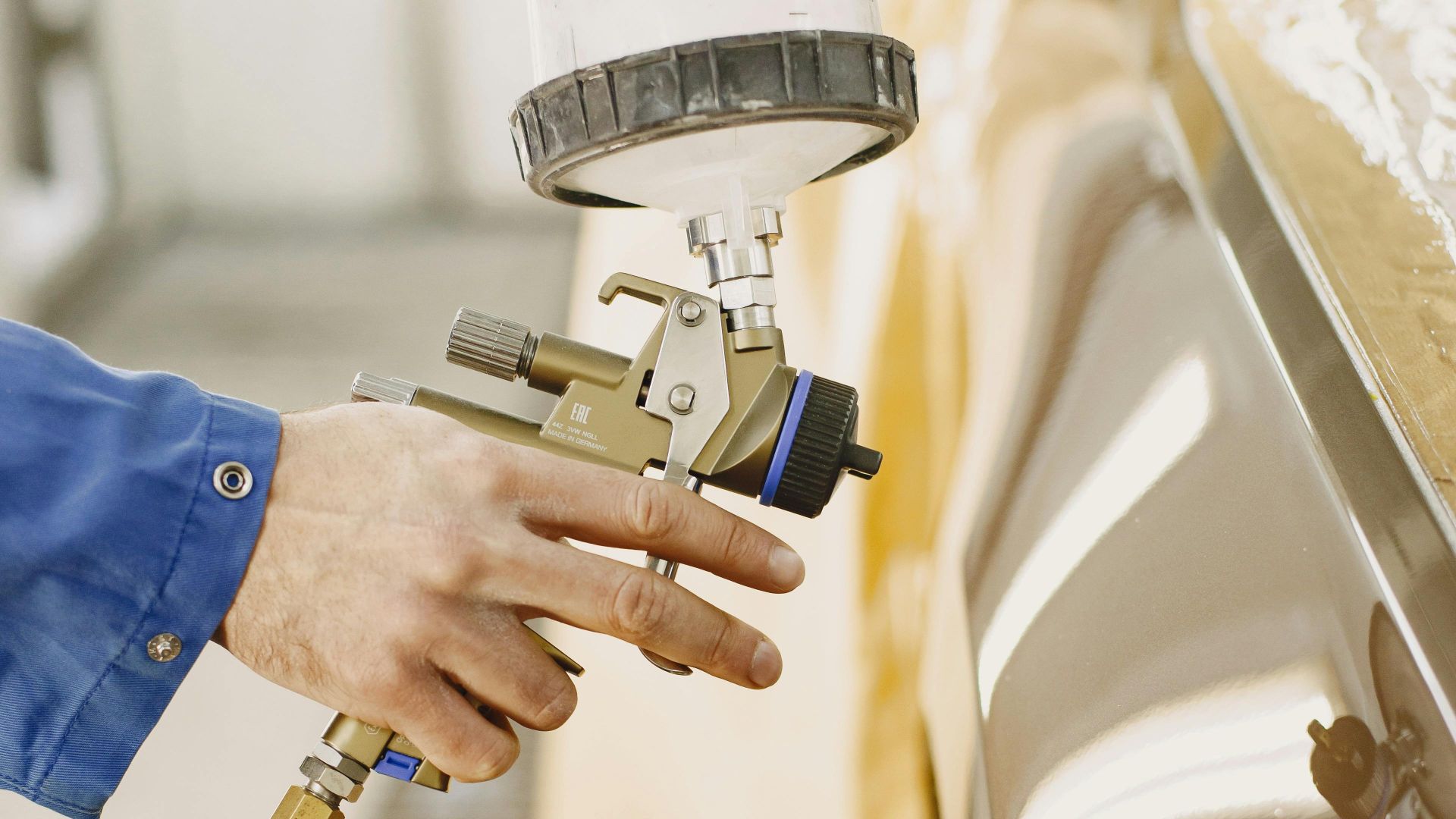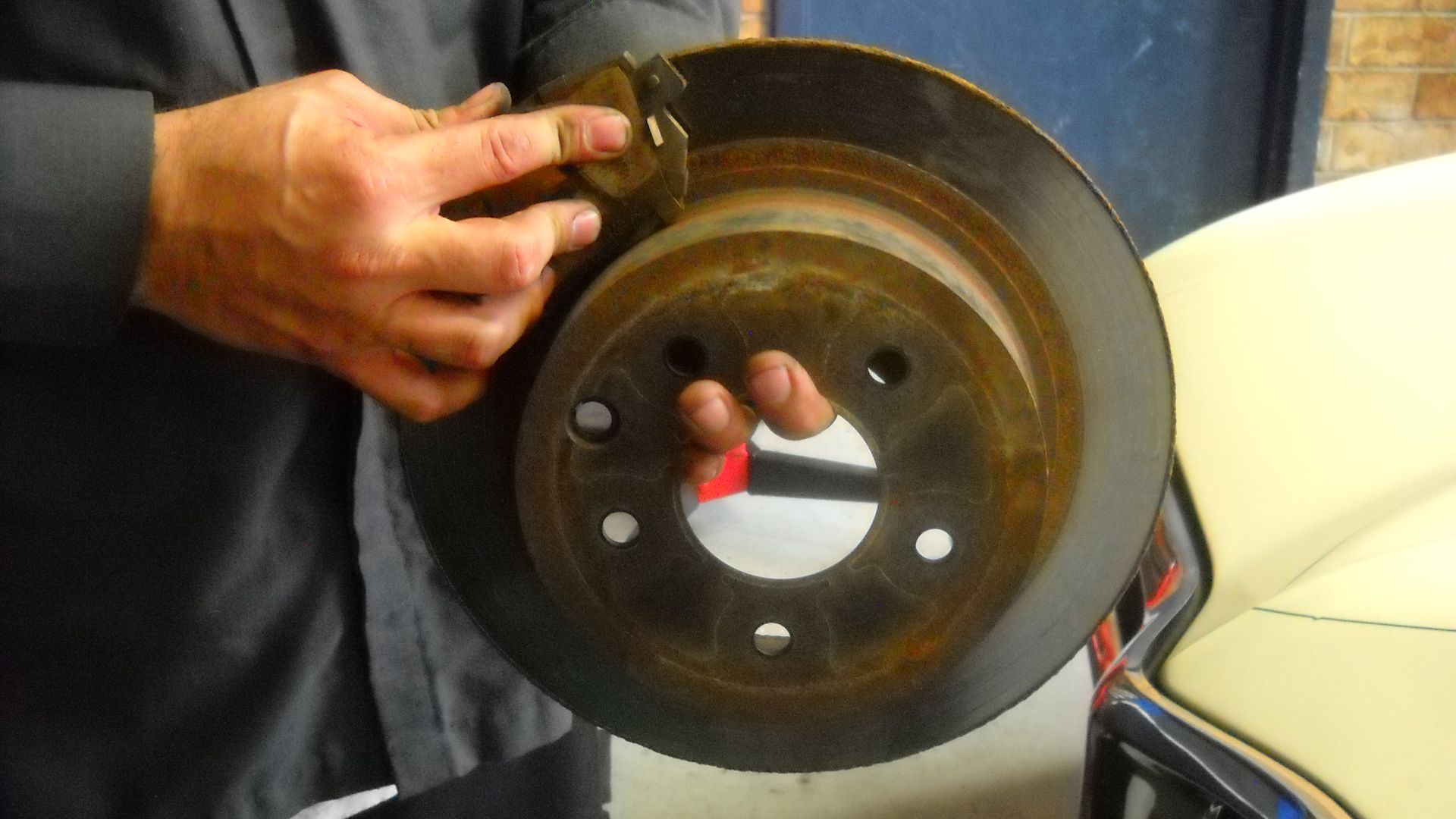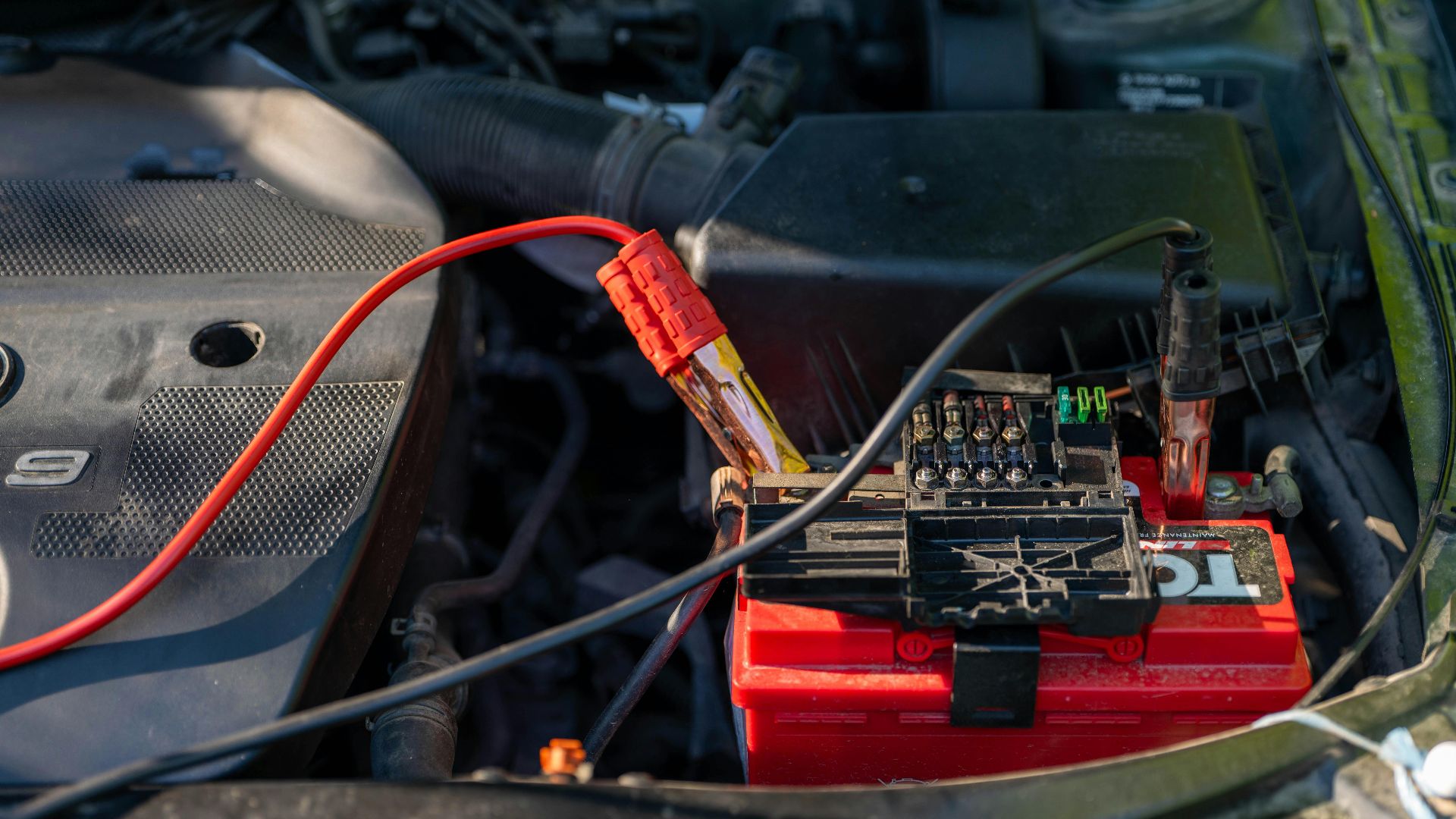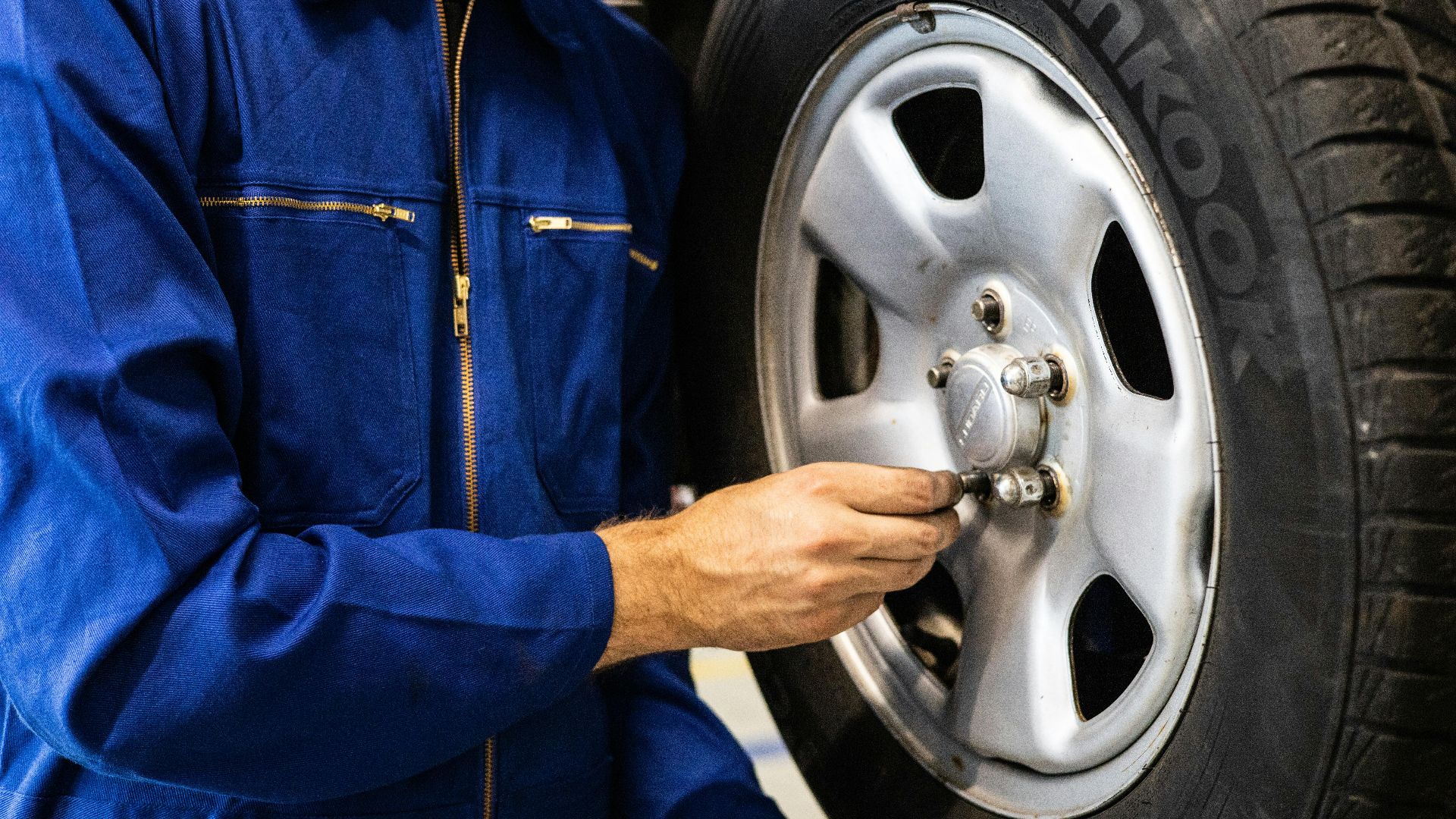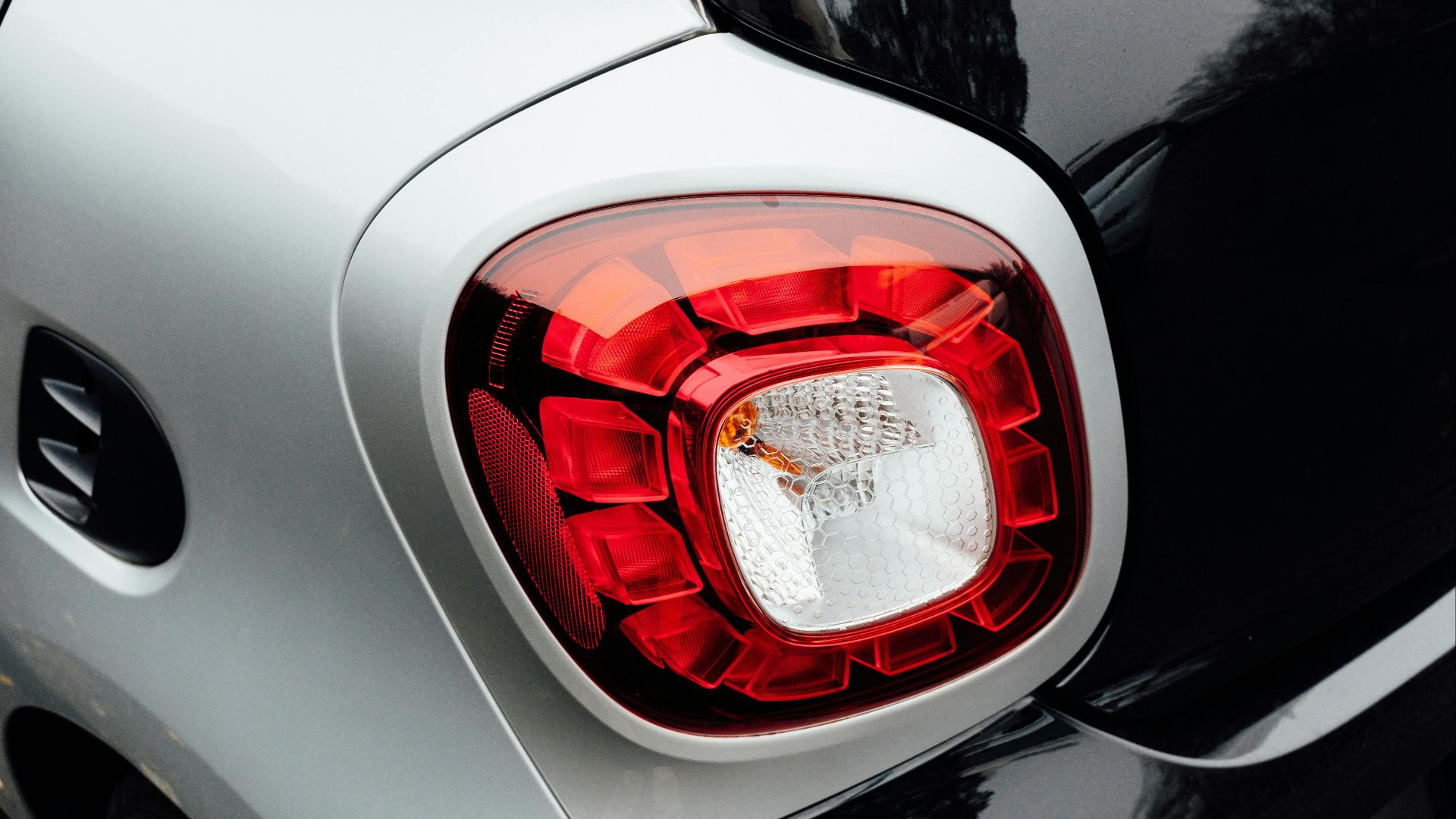Because You Don’t Need A Mechanic For Everything
Owning a car means eventually something’s going to rattle, squeak, or blink at you in a way that says, "You’re about to spend money". But here’s a secret: not every repair requires a trip to the shop (or a panic attack). With a little confidence, a basic toolkit, and maybe a YouTube video or two, you can handle a surprising number of fixes yourself. Here are 20 DIY car repairs that every driver should know how to do—no advanced mechanic degree required.
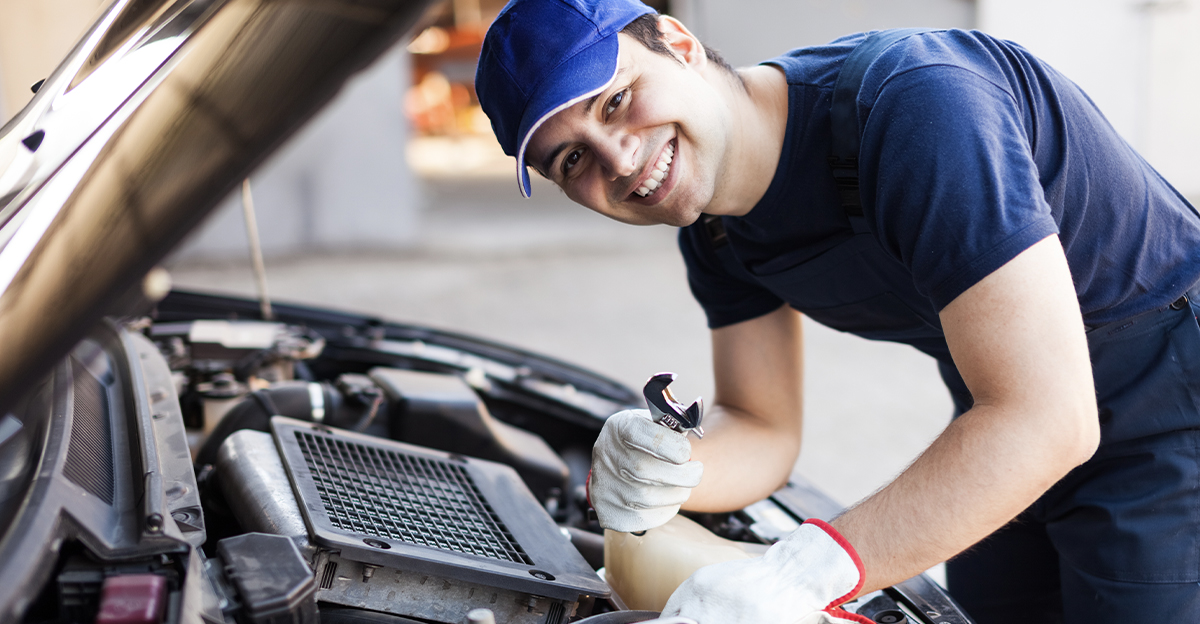
Changing The Oil
It’s the classic DIY car fix. Grab a wrench, an oil filter, and a jug of the good stuff. Changing your own oil not only saves you money, but it also gives you a chance to inspect your car underneath—just don’t forget the drain plug, rookie.
Swapping Out Windshield Wipers
Wiper blades are cheap, take minutes to replace, and instantly improve visibility. Most auto stores will even help you find the right size. The hardest part? Remembering which one is the driver’s side.
Replacing Air Filters
Your engine air filter is your car’s lungs—keep it clean! Most filters pop out easily under the hood. Swap it every 12,000–15,000 miles and your car will literally breathe easier.
Changing Cabin Air Filters
Different from the engine filter, this one keeps your cabin air fresh. It’s usually hiding behind the glove box. Replace it once or twice a year to say goodbye to dusty smells (and that mystery odor you blamed on the dog).
 Donar Reiskoffer, Wikimedia Commons
Donar Reiskoffer, Wikimedia Commons
Replacing Headlight Bulbs
Dim or dead headlights are easy to fix. Open the housing, pop in a new bulb, and boom—instant night vision. Just don’t touch the glass with your fingers; oils can shorten the bulb’s life.
Jump-Starting A Dead Battery
Every driver should know how to jump-start a car. Grab jumper cables (or a jump pack), connect red to positive, black to negative, and let it charge for a few minutes. Just remember: sparks are not your friend here.
Changing A Flat Tire
It’s not glamorous, but it’s essential. Loosen the lug nuts, use your jack, swap the tire, and tighten everything up. Then pat yourself on the back because you just saved a tow bill.
Topping Off Fluids
Brake fluid, coolant, washer fluid—keeping them topped off is the easiest maintenance ever. Just don’t mix them up, because "brake fluid in the coolant" is not a fun Google search.
Replacing Spark Plugs
Old spark plugs make your engine sluggish. With a socket wrench and a little patience, you can replace them in under an hour. You’ll feel the difference the next time you start up.
 Aidan Wojtas, Wikimedia Commons
Aidan Wojtas, Wikimedia Commons
Fixing A Broken Fuse
When an accessory stops working (like your radio or power windows) it’s often a blown fuse. Check your fuse box (the diagram is usually on the cover), pull the bad one, and pop in a new fuse. Instant gratification.
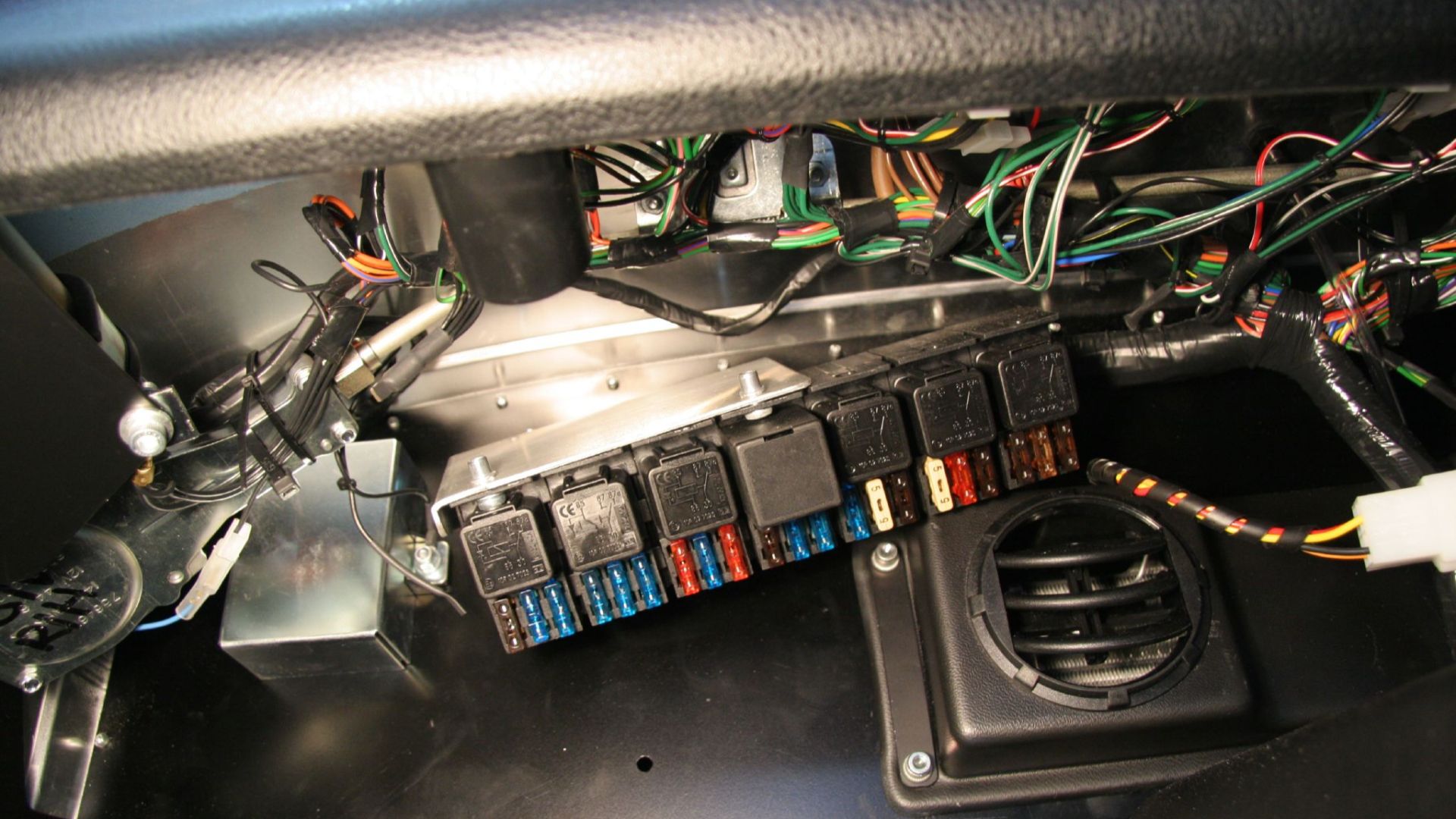 Brian Snelson from Hockley, Essex, England, Wikimedia Commons
Brian Snelson from Hockley, Essex, England, Wikimedia Commons
Rotating Your Tires
Tire rotation helps them wear evenly, improving safety and lifespan. All you need is a jack, a wrench, and a decent playlist. Just remember: front to back, not crisscross unless you’re into interpretive maintenance.
Cleaning Battery Terminals
Corrosion buildup can make your car cranky. Unhook the cables (negative first), scrub the gunk off with a wire brush or baking soda paste, and reconnect. It’s like a spa day for your battery.
Fixing Scratches With Touch-Up Paint
For small scratches, a little touch-up paint works wonders. Clean the area, dab on the paint, and let it dry. No one has to know about that "oops" moment with the shopping cart.
Changing Brake Pads
Okay, this one’s a little more advanced—but still doable if you’re careful. Remove the wheel, unbolt the caliper, slide out the old pads, and put in new ones. Just don’t forget to pump the brakes before driving off.
Replacing A Broken Side Mirror
Accidents happen. Fortunately, replacing a mirror is straightforward: order a new one, unscrew the old one, plug in the wiring, and screw it back on. Voilà—your car’s reflection looks great again.
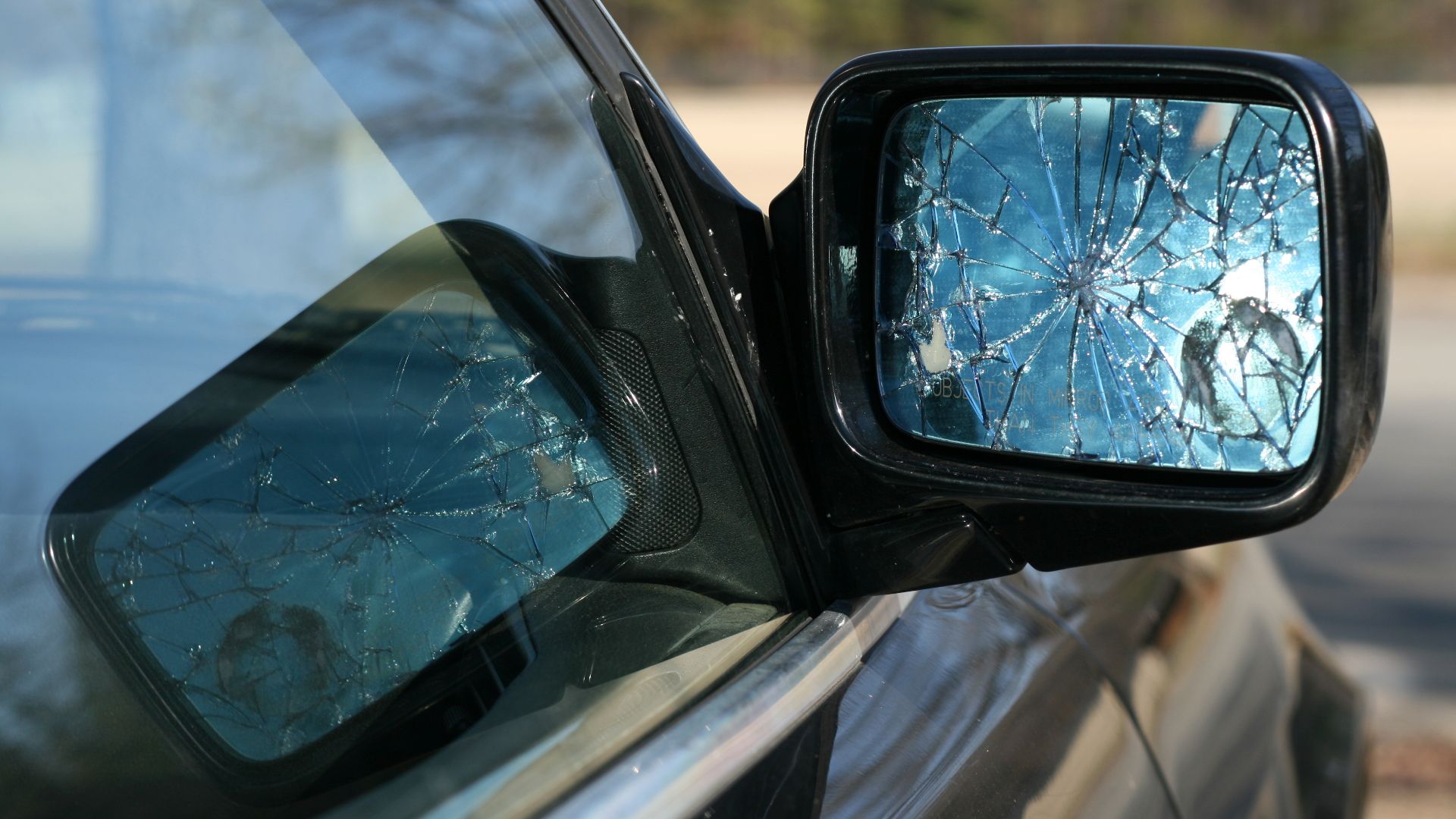 Ildar Sagdejev (Specious), Wikimedia Commons
Ildar Sagdejev (Specious), Wikimedia Commons
Replacing The Car Battery
Car batteries usually last 3–5 years. When yours starts struggling, disconnect the cables (negative first), remove the hold-down clamp, swap the battery, and reconnect. Easy, satisfying, and cheaper than the shop price.
Changing A Serpentine Belt
That long rubber belt running around your engine pulleys? It’s crucial. When it starts cracking or squealing, it’s time to swap it. Most new belts come with diagrams, and tensioners make the job easier than it looks.
 Petar Milosevic, Wikimedia Commons
Petar Milosevic, Wikimedia Commons
Repairing A Leaky Tire
Got a small puncture? Tire repair kits with plugs or sealant can save the day until you get to a tire shop. Just pull out the nail, plug the hole, and reinflate. MacGyver would be proud.
Replacing A Tail Light Bulb
A burned-out tail light is an easy fix and can save you from getting pulled over. Access the bulb from inside the trunk, twist it out, and replace it. A simple twist for instant street-legal status.
Replacing A Gas Cap
Loose or cracked gas caps often trigger the dreaded "Check Engine" light. A new cap costs less than $20 and can save you from unnecessary stress—and maybe even improve fuel efficiency.
Final Thoughts
Being handy with your car doesn’t mean you need a toolbox that rivals a mechanic’s shop. These small repairs are beginner-friendly, budget-saving, and confidence-boosting. Once you get started, you’ll realize most car fixes aren’t intimidating—they’re empowering. Next time your dashboard light pops on, you’ll know what to do (Or at least, you’ll know it’s not that serious).
You May Also Like:
Car Repairs You're Putting Off That Could Cost You Thousands
The Most Common Car Repair Scams—And How to Avoid Them
RV Maintence Made Simple: Common Problems And Their Easy Fixes

